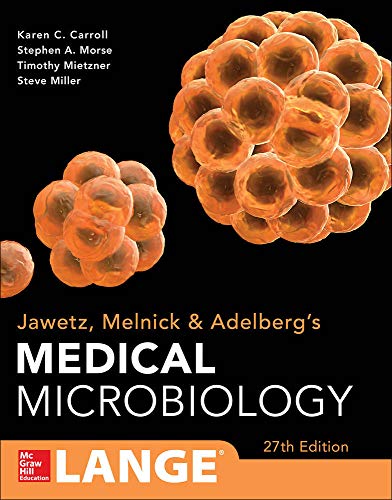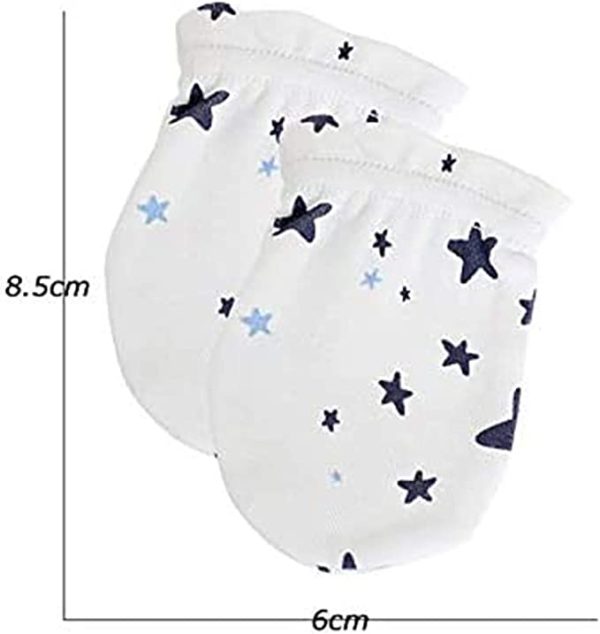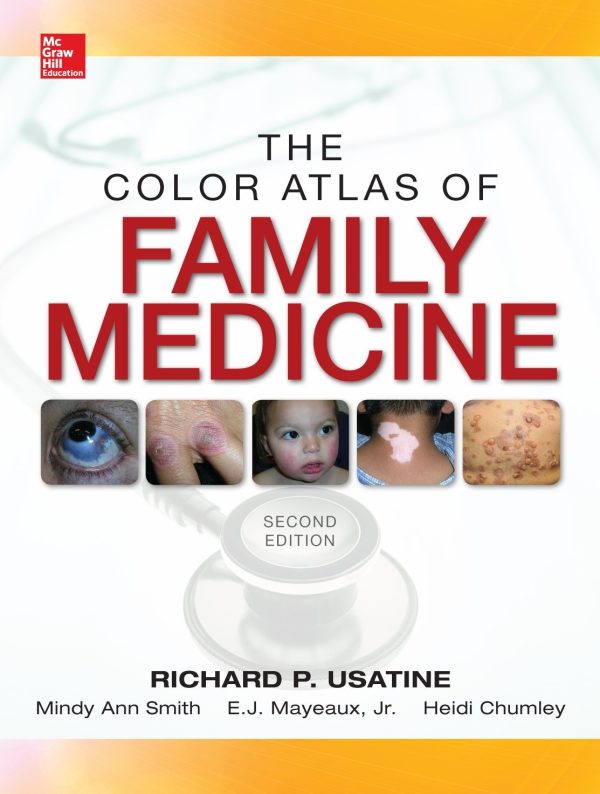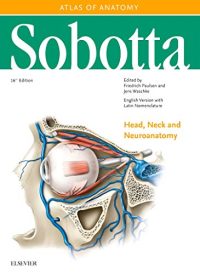Description
Jawetz Melnick & Adelbergs Medical Microbiology
In this post, we will be providing you with an overview of Jawetz Melnick & Adelbergs Medical Microbiology and its free download link! Make sure to read through everything given below to know if this is the book you are looking for!
Remember that many people charge you money for books, but here at WOMS, we provide you these educational books for absolutely free! Now, here is the full overview:
A Brief Overview of Jawetz Melnick & Adelbergs Medical Microbiology textbook
Firstly, this book offers a succinct, highly productive description of the medical and immunological aspects. Also, the book discusses connecting basic concepts, its diagnostics, treatment of microbial infections, and more!
Key features
Secondly, here are the key features of this book:
- 650+ questions, USMLE-styled
- 300+ descriptive tables and images
- Twenty-three case studies to improve diagnostic and management skills
- A collection of medically essential microorganisms easily accessible
- Covering representing the most modern lab and diagnostic techniques
- Micrographs and full-color pictures
- Summaries of the Chapter-end
- Concept chapter controls.
Table of Contents
Here are the complete contents of Jawetz Melnick & Adelbergs Medical Microbiology word to word by the authors:
“SECTION I: FUNDAMENTALS OF MICROBIOLOGY.
1: The Science of Microbiology
2: Cell Structure
3: Classification of Bacteria
4: Growth, Survival, and Death of Microorganisms
5: Cultivation of Microorganisms
6: Microbial Metabolism
7: Microbial Genetics
SECTION II: IMMUNOLOGY.
8: Immunology.
SECTION III: BACTERIOLOGY
9: Pathogenesis of Bacterial Infection
10: Normal Human Microbiota
11: Spore-Forming Gram-Positive Bacilli: Bacillus and Clostridium Species.
12: Aerobic Non-Spore-Forming Gram-Positive Bacilli: Corynebacterium, Listeria, Erysipelothrix, Nocardia, and Related Pathogens
13: The Staphylococci
14: The Streptococci, Enterococci, and Related Genera
15: Enteric Gram-Negative Rods (Enterobacteriaceae)
16: Pseudomonads and Acinetobacter —
17: Vibrio, Campylobacter, and Helicobacter
18: Haemophilus, Bordetella, Brucella, and Francisella
19: Yersinia and Pasteurella
20: The Neisseria
21: Infections Caused by Anaerobic Bacteria
22: Legionella, Bartonella, and Unusual Bacterial Pathogens
23: Mycobacteria
24: Spirochetes and Other Spiral Microorganisms
25: Mycoplasmas and Cell Wall-Defective Bacteria
26: Rickettsia and Related Genera
27: Chlamydia spp.
28: Antimicrobial Chemotherapy
SECTION IV: VIROLOGY.
29: General Properties of Viruses
30: Pathogenesis and Control of Viral Diseases
31: Parvoviruses
32: Adenoviruses
33: Herpesviruses
34: Poxviruses
35: Hepatitis Viruses
36: Picornaviruses (Enterovirus and Rhinovirus Groups)
37: Reoviruses, Rotaviruses, and Caliciviruses
38: Arthropod-Borne and Rodent-Borne Viral Diseases
39: Orthomyxoviruses (Influenza Viruses)
40: Paramyxoviruses and Rubella Virus
41: Coronaviruses
42: Rabies, Slow Virus Infections, and Prion Diseases
43: Human Cancer Viruses
44: AIDS and Lentiviruses
SECTION V: MYCOLOGY
45: Medical Mycology
SECTION VI: PARASITOLOGY
46: Medical Parasitology
SECTION VII: DIAGNOSTIC MEDICAL MICROBIOLOGY AND CLINICAL CORRELATION.
47: Principles of Diagnostic Medical Microbiology
48: Cases and Clinical Correlations.















